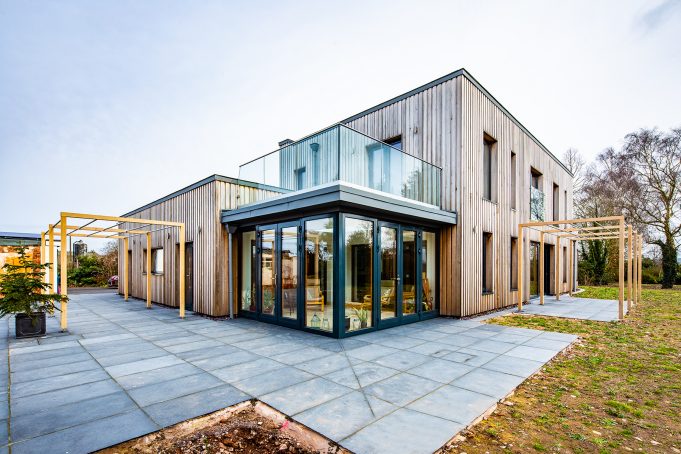Understanding the importance of thermal envelope detailing in a building’s design is crucial for efficient energy use. A well-detailed thermal envelope can significantly reduce energy consumption, thereby reducing the overall carbon footprint of a structure. This guide will provide insights into the process and benefits of thermal envelope detailing.
For an in-depth understanding of the concept, you can refer to this article on passive design in modern architecture.
Essential Components of a Thermal Envelope
A thermal envelope includes various components such as walls, roof, windows, doors, and floors. The quality of these components and their assembly greatly impacts the efficiency of the thermal envelope. Let’s delve into these elements in detail.
Benefits of a Well-Detailed Thermal Envelope
A well-detailed thermal envelope offers numerous benefits, including reduced energy consumption, improved indoor air quality, and enhanced comfort. For more information on this topic, you can visit this comprehensive guide on passive houses.
Improving Your Thermal Envelope
There are several ways to improve the detailing of your thermal envelope. These include upgrading insulation, sealing air leaks, and installing energy-efficient windows and doors. To further enhance your building’s energy efficiency, consider inspecting using a solar camera and exploring options to improve ventilation.






